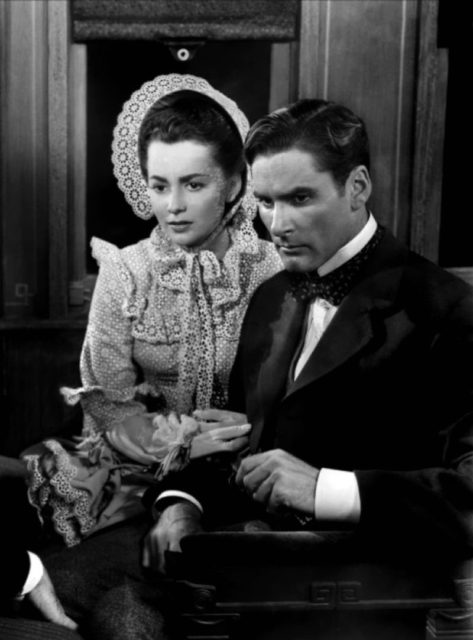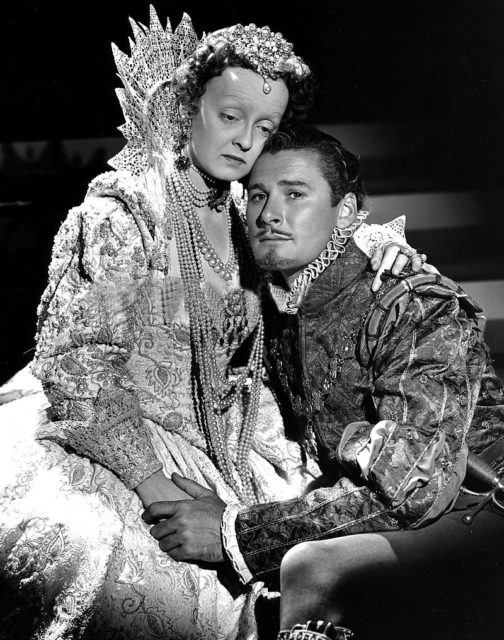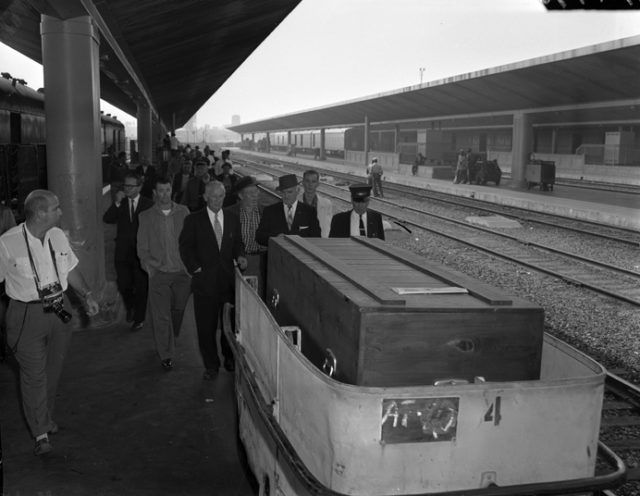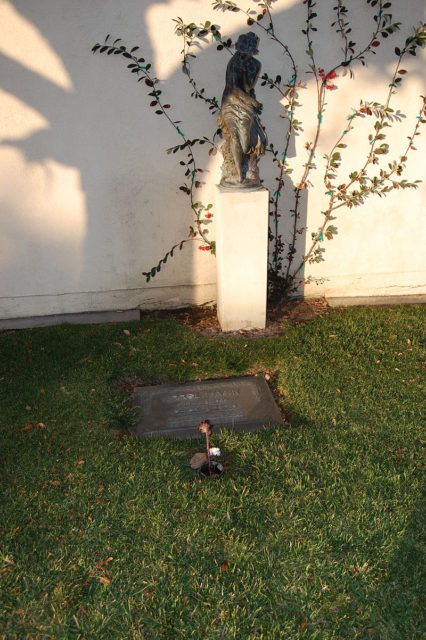Born in Hobart, Tasmania on June 20, 1909, Errol Flynn had a rocky school history, which ended abruptly with his expulsion from the Shore School for theft. He was an unsettled youth; he was later fired from a job as a clerk for allegedly stealing petty cash. In subsequent years, he moved to Papua, New Guinea and Sydney, Australia.
His acting career began when he appeared as an amateur in the Australian movie about Fletcher Christian and the mutiny aboard the ship HMS Bounty. He was soon in Britain pursuing an acting career and trained for seven months at the Northampton Repertory Company. However, Flynn had to leave there after a big bust up with a female stage manager. However, he was quickly snapped up by Warner Brothers and moved to the United States, where his career began to flourish.


Errol was type-cast as a dashing adventurer, and his film roles helped to bring action-adventure movies back into popularity. He was noted for his fast-paced and well-choreographed sword fights. His acting range extended beyond adventure films such as Captain Blood and The Sea Hawk – he would also be seen in contemporary social comedies like Four’s a Crowd.
He was cast eight times with Olivia de Havilland – both admitted there was chemistry between them, though nothing ever came of it because Errol was married. By 1940, he was the fourteenth most popular actor in the United States.


Unlike other actors in the US, Errol never signed up for military duty, and nothing was ever publicized by his studio as to why this was. The public’s taste in movies changed from the English-based epics, in which he did well, to urban realism and film noir. Flynn was unable to make the transition across genres, and the quality of his acting dropped. His career was over by the time he was 41, and he was released from his contracts. This probably came as a relief to many of his co-workers, as it was reported that his behavior on the set had become very disruptive.
Errol was known for his wild lifestyle of womanizing, chain smoking, and heavy drinking. He featured in many scandals, including an accusation of statutory rape by two underage women, which was reported by the Chicago Tribune Most of his fans assumed he was like his gallant on-screen persona and refused to believe there was a dark side to the real man. Even though he won the court cases against him, Flynn’s public image was now damaged beyond repair.


His last known work was a narrated short film about Fidel Castro. During the 1950s, he suffered from hepatitis and liver damage. He died in 1959 of a heart attack complicated by cirrhosis of the liver.
Both his parents survived him, as did his two ex-wives, his estranged wife, and his four children. He is buried in California – a place he often said he hated. The life of Errol Flynn is the subject of many biographies and films.
